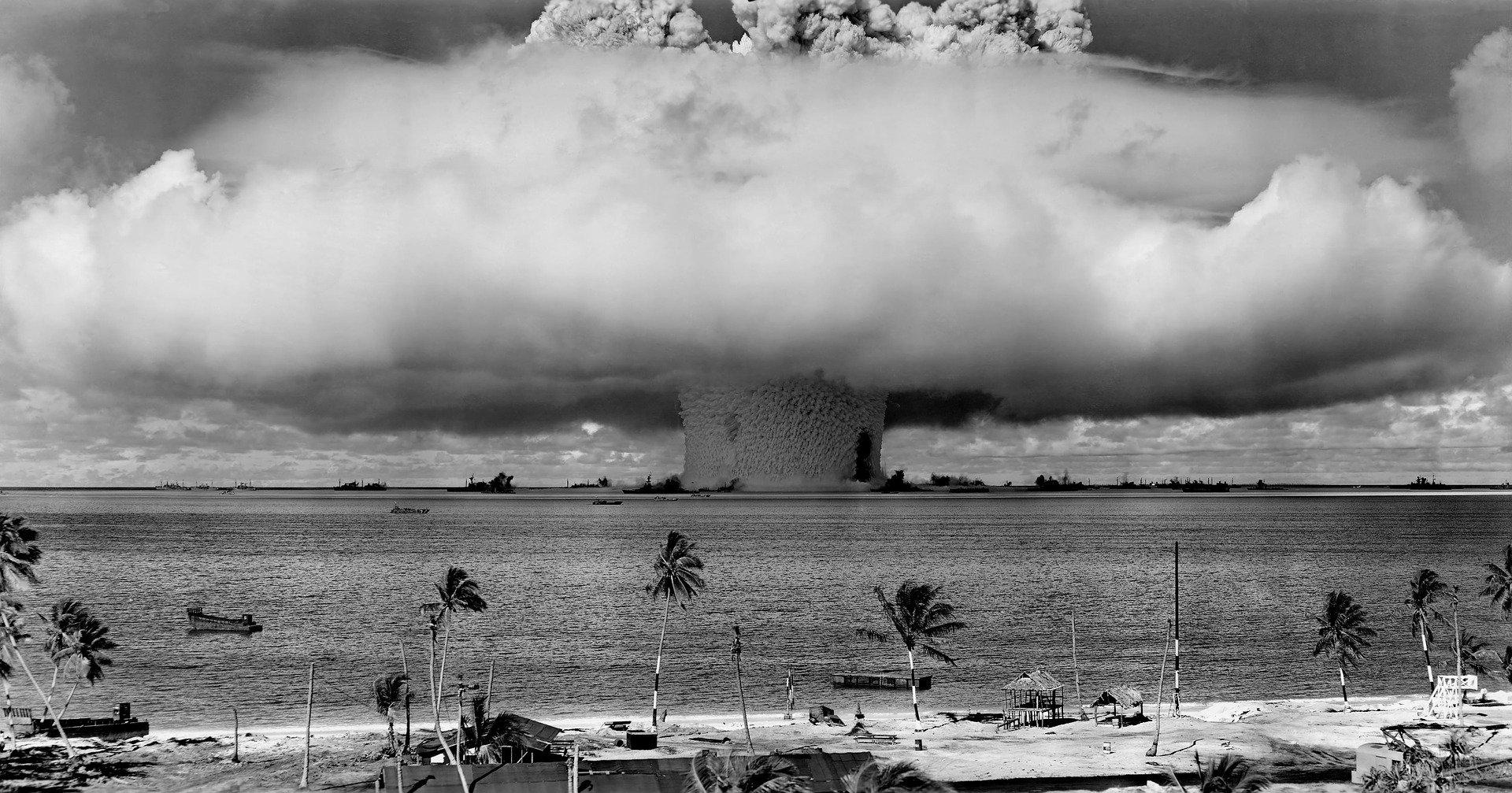Da oggi vietate le armi nucleari: benvenuti nell’era della responsabilità (ma anche dell’incertezza)
Il Trattato sulla proibizione degli ordigni atomici entra finalmente in vigore: un segnale di pace e di cooperazione, una svolta etica per l'intera comunità umana. Resta in ogni caso qualche scetticismo.





